![]() © NOVA Optical IR Instrumentation Group
© NOVA Optical IR Instrumentation Group
The cleanroom at ASTRON is upgraded with a crane and now equipped for assembly of the WEAVE spectrograph.
The sub-units of the Spectrograph are that large and heavy that manual lifting is not possible. The Collimator Unit and Camera Unit are up to 350 kg of weight.
Also other smaller units like detector/cryostat system needs a crane support.
A cable feedthrough and guide system is also installed for electrical (control) cabling, optical fibres, cooling and LN2 feeding.
The optical table of the WEAVE Spectrograph is already installed inside the cleanroom.
The slit unit (first part of the optical train) is in assembly phase.
The collimator unit is in production in Dwingeloo and lenses at TNO in Delft.
Camera lenses are in production at INAOE in Mexico and camera mechanics production will start soon in Dwingeloo.
WEAVE is a new multi-object survey spectrograph for the 4.2-m William Herschel Telescope (WHT), on La Palma in the Canary Islands.
WEAVE is build by several institutes at several countries.
The Spectrograph team is lead by Johan Pragt, NOVA.
Dutch PI is Scott Trager, Kapteyn Astronomical Institute, RUG.
http://www.ing.iac.es/weave/index.html
http://www.astron.nl/dailyimage/main.php?date=20130319
http://www.astron.nl/dailyimage/main.php?date=20150414
http://www.astron.nl/dailyimage/main.php?date=20151015
 © A. Stroe
© A. Stroe © Mulcahy et al. 2017
© Mulcahy et al. 2017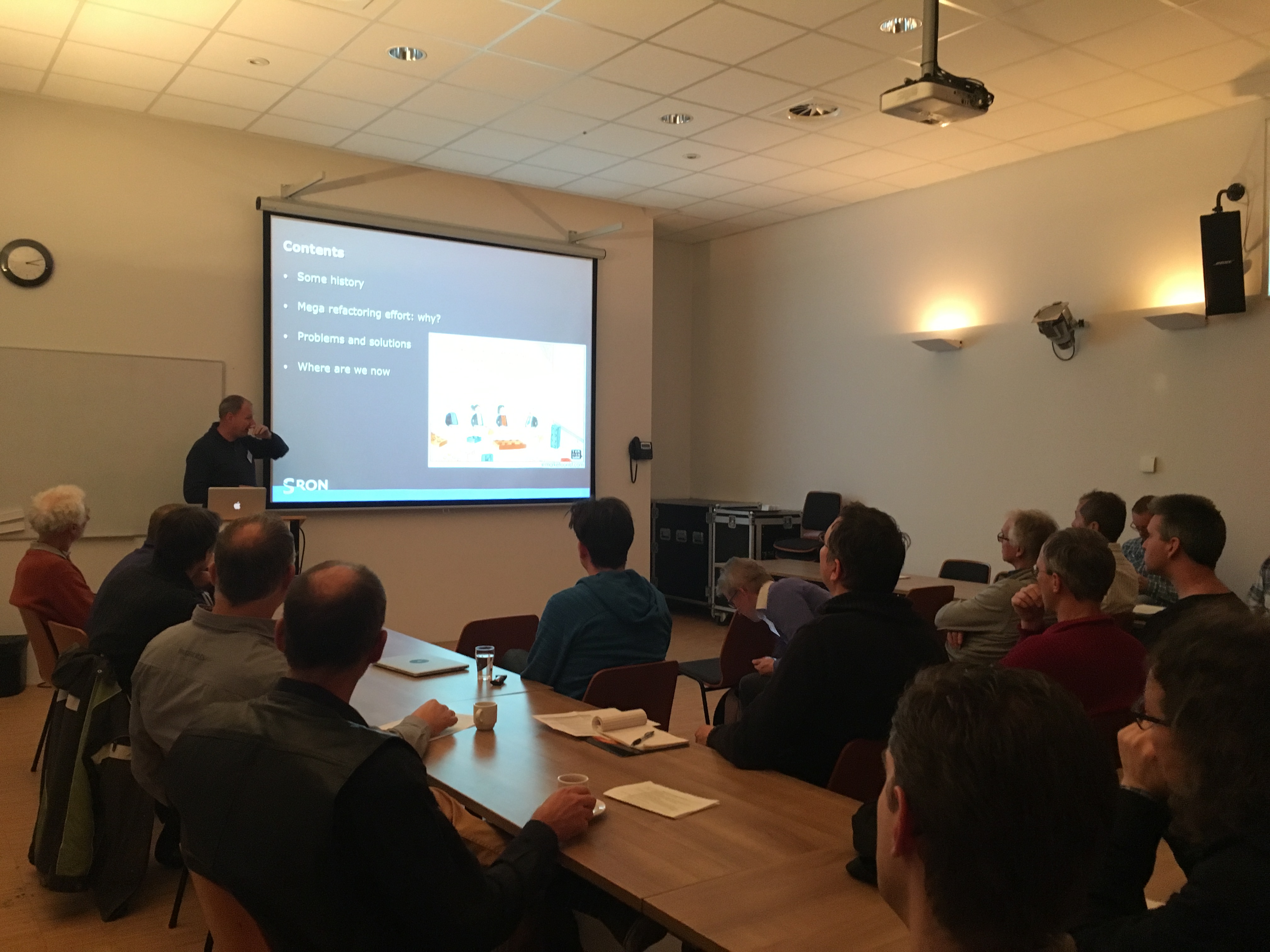 © ASTRON
© ASTRON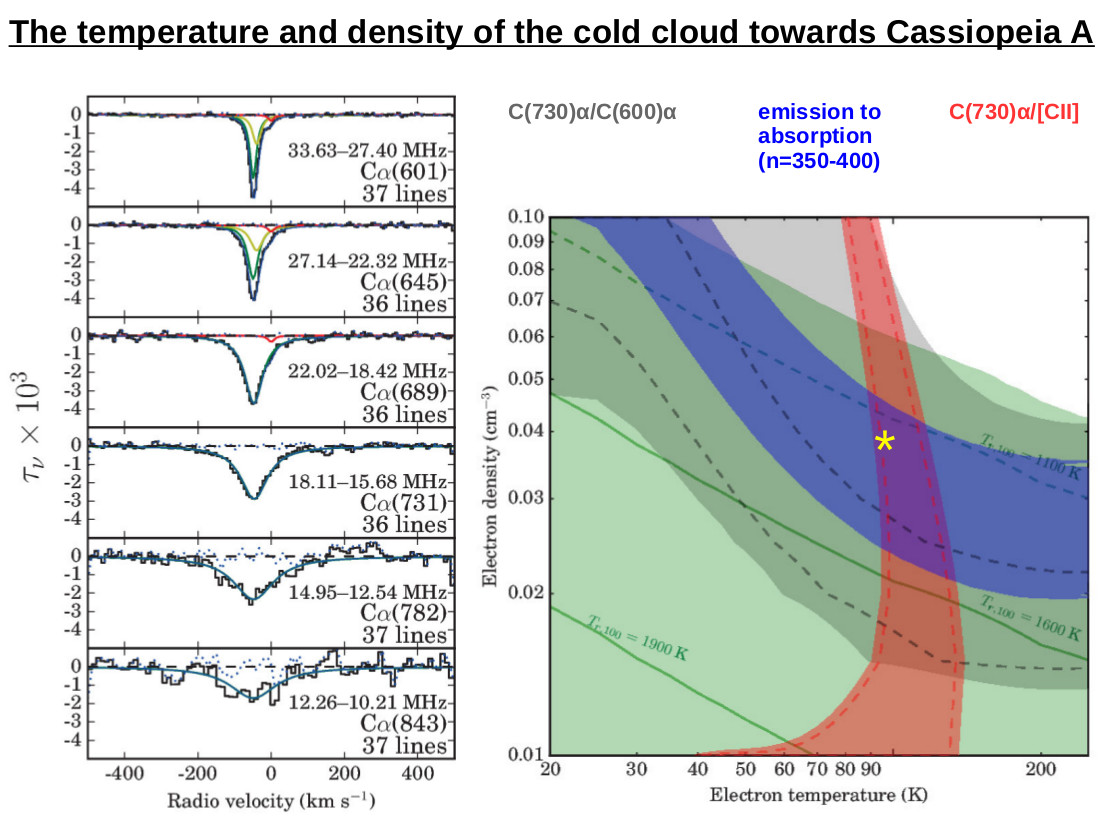 © P. Salas
© P. Salas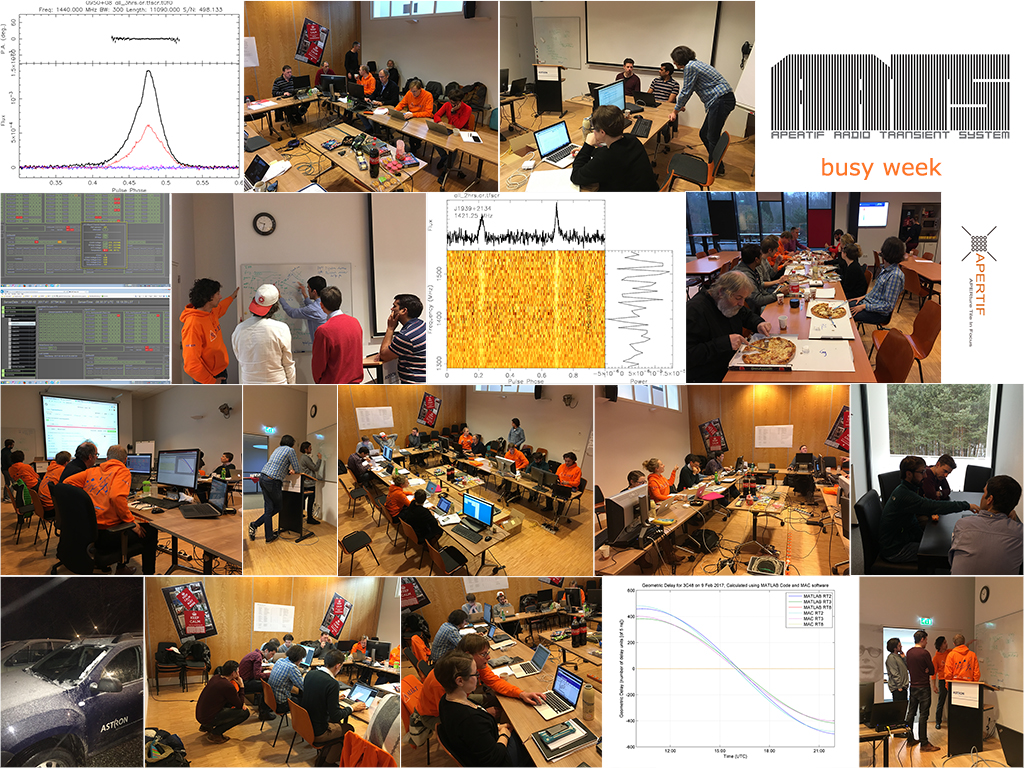 © R.H. van den Brink
© R.H. van den Brink © ASTRON
© ASTRON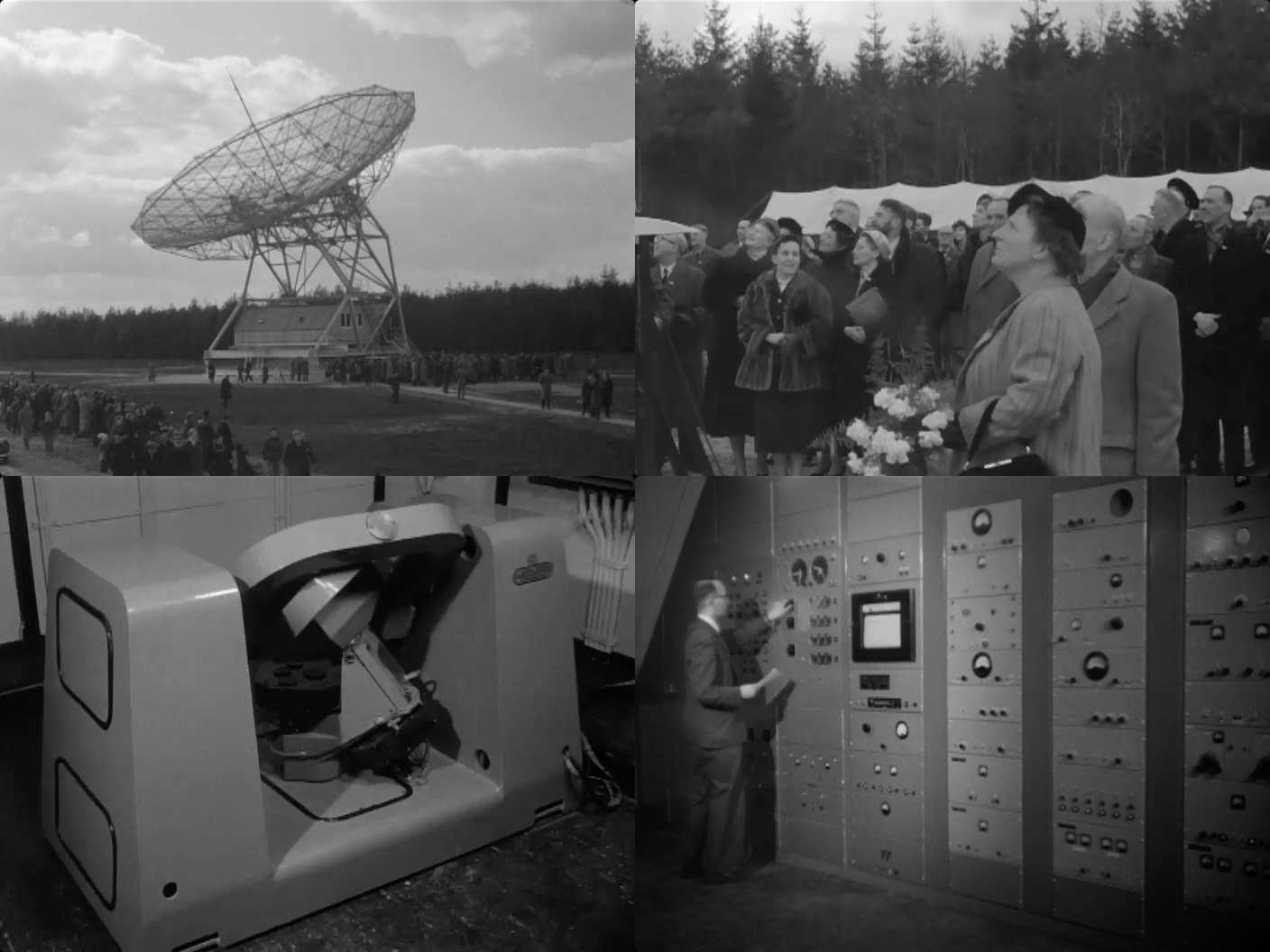 © Polygoon bioscoopjournaal, Beeld en Geluid
© Polygoon bioscoopjournaal, Beeld en Geluid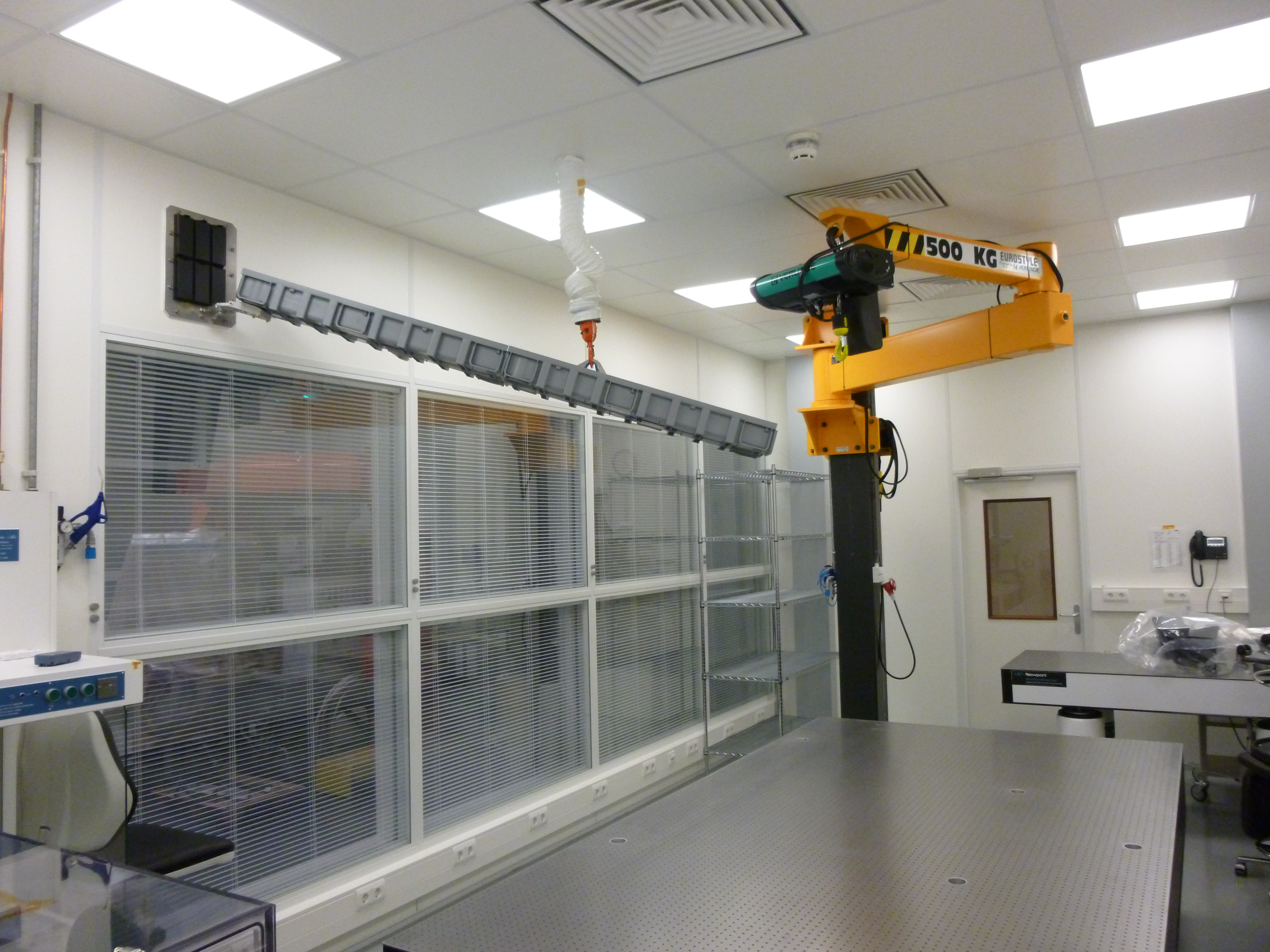 © NOVA Optical IR Instrumentation Group
© NOVA Optical IR Instrumentation Group © Albert van Duin
© Albert van Duin © YG / ADASS XXVI LOC
© YG / ADASS XXVI LOC © ASTRON
© ASTRON © Sanoma media
© Sanoma media © P.C. van der Kruit / Amsterdam University Press
© P.C. van der Kruit / Amsterdam University Press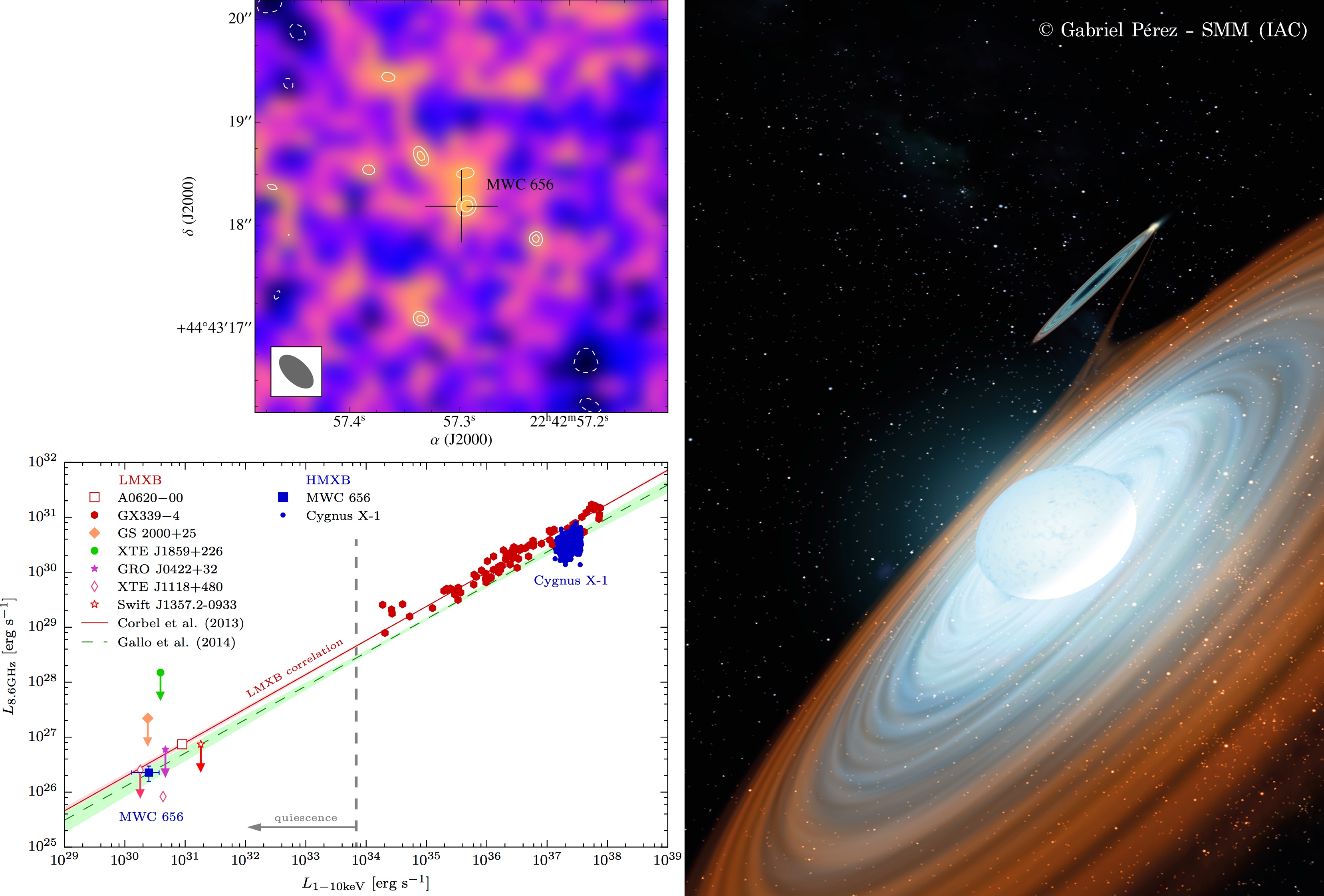 © Marc Ribo (UB) & Benito Marcote (JIVE)
© Marc Ribo (UB) & Benito Marcote (JIVE) © Ajinkya Patil
© Ajinkya Patil  © Robert Schulz, Cornelia Mueller
© Robert Schulz, Cornelia Mueller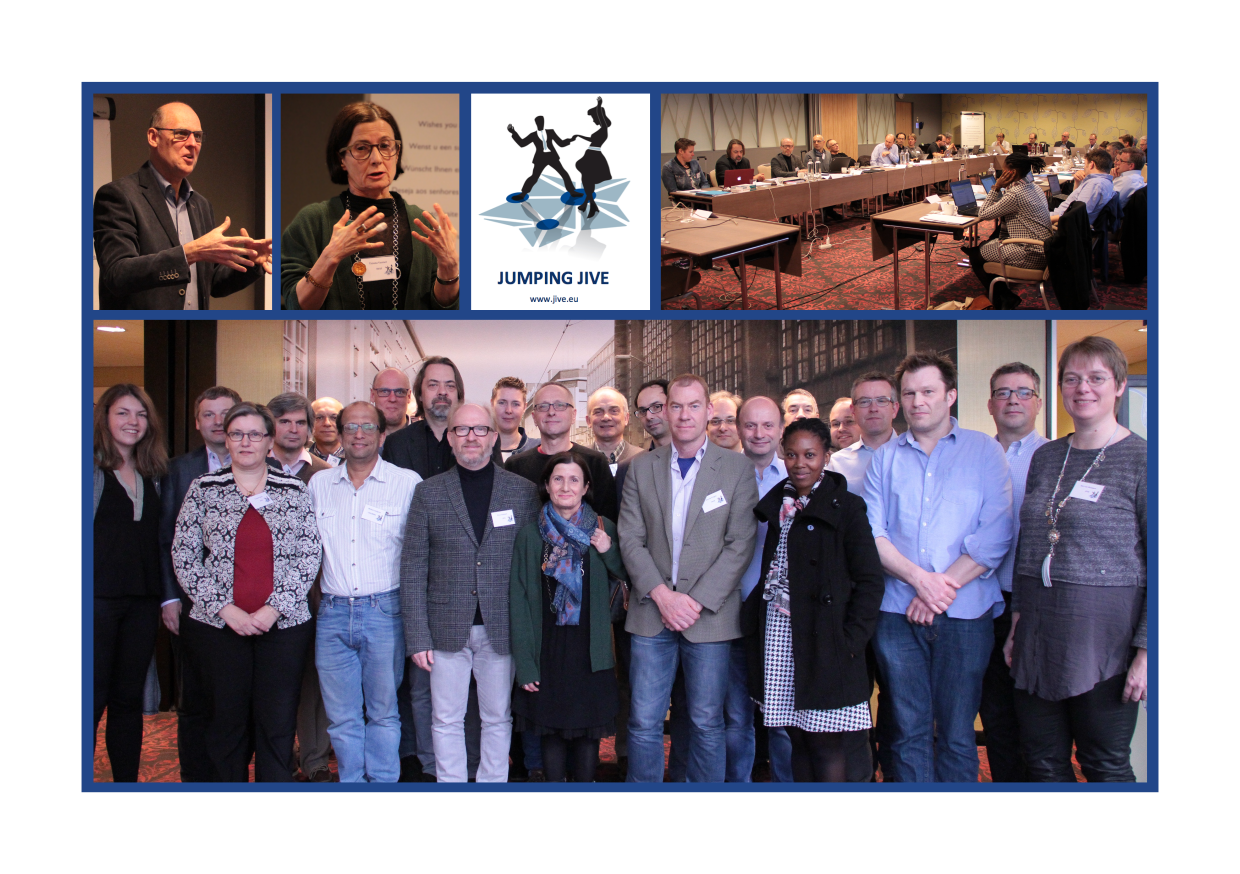 © JIVE
© JIVE © OR
© OR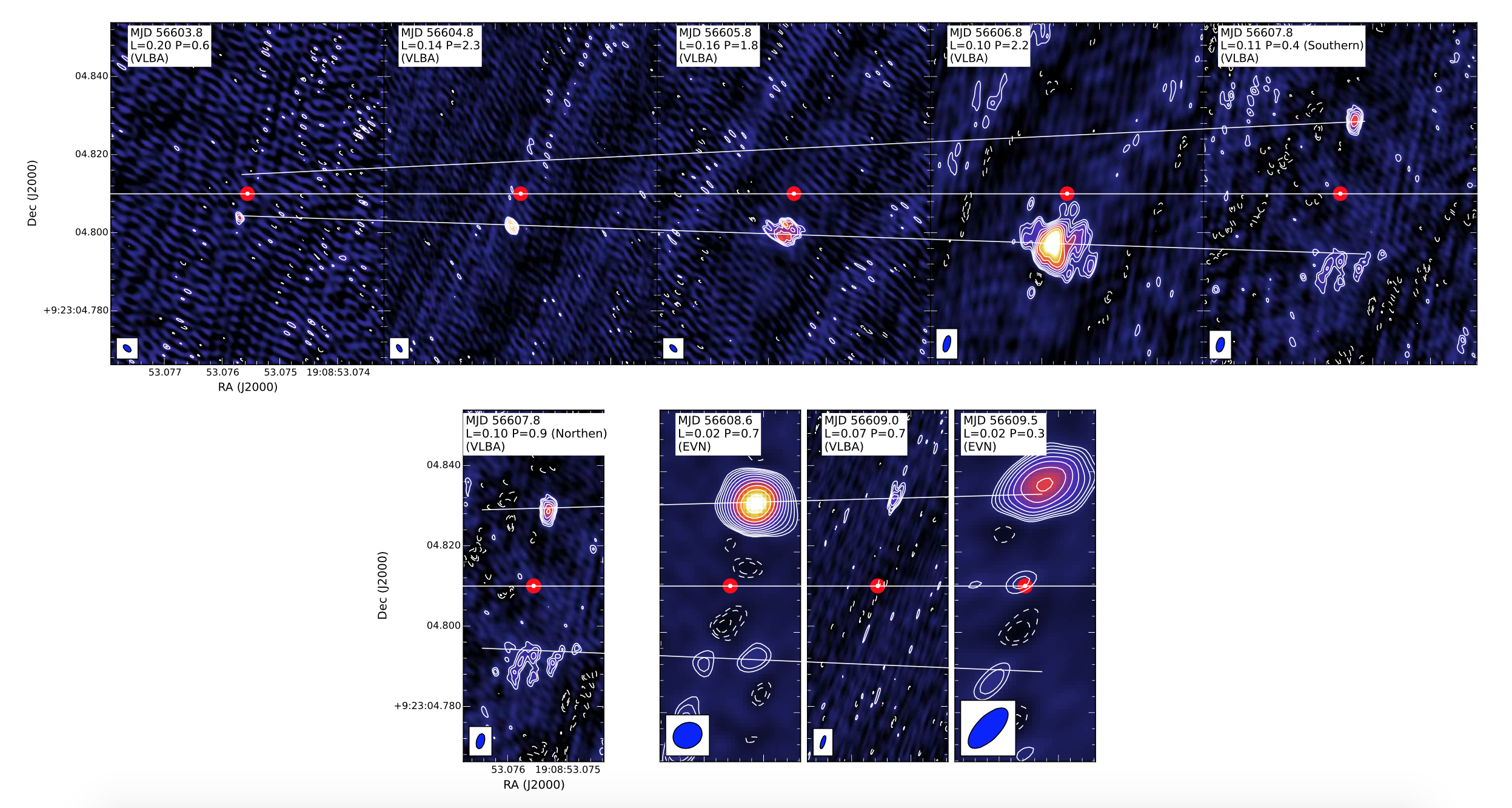 © Anthony Rushton et al.
© Anthony Rushton et al.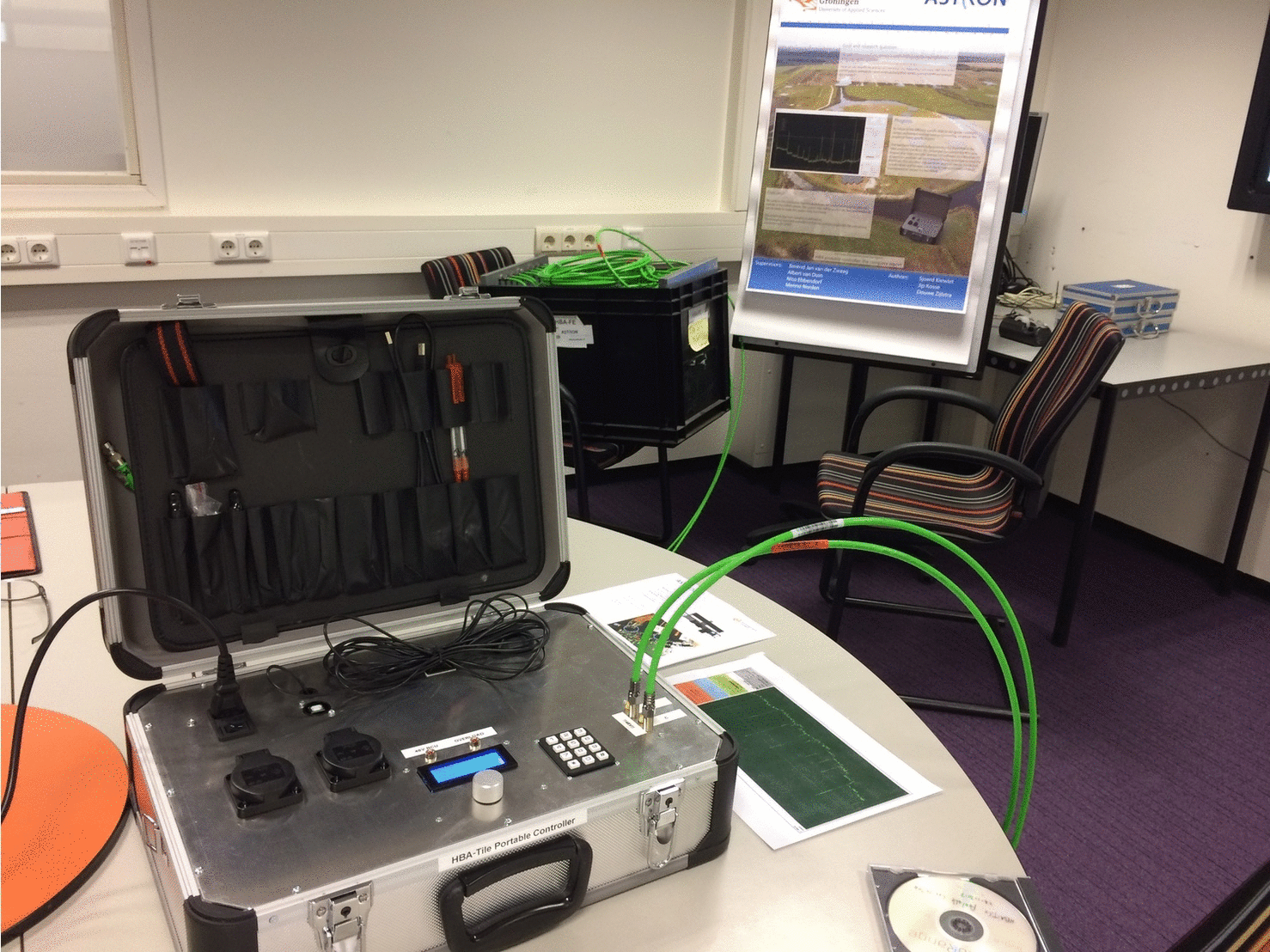 © Nico Ebbendorf
© Nico Ebbendorf







